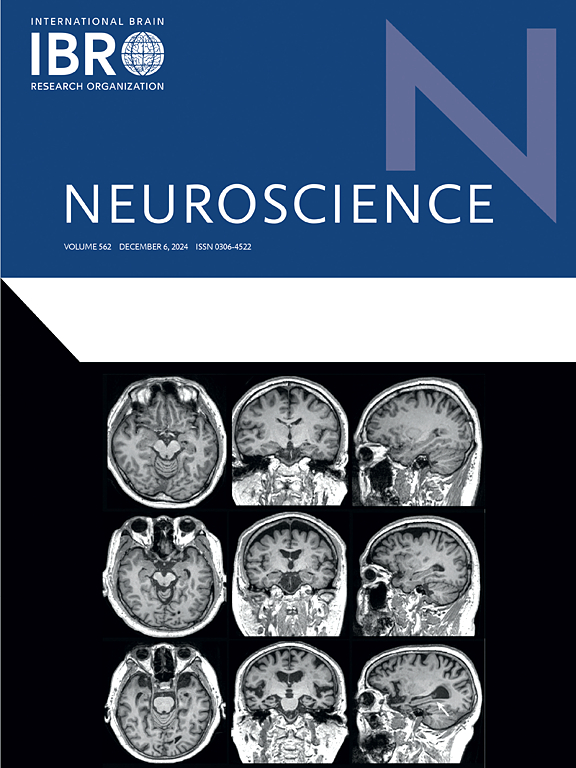低强度经颅超声刺激及其对疼痛的调节作用
IF 2.9
3区 医学
Q2 NEUROSCIENCES
引用次数: 0
摘要
经颅超声刺激是一种新兴的无创神经调节技术,具有穿透组织深、空间分辨率高、副作用小等优点。低强度经颅超声刺激(LITUS)已被证明是一种有前途的神经调节治疗精神和神经系统疾病。值得注意的是,近年来LITUS在疼痛障碍中的应用及其镇痛机制的阐明取得了重大进展。本文综述了LITUS及其最先进的机制,包括空化、机械和热效应。我们总结了从动物模型到人体试验的研究,重点介绍了经颅超声刺激对疼痛相关神经通路的镇痛作用。此外,我们还探索了潜在的镇痛机制,如在上行疼痛通路和其他相关过程中抑制神经活动。最后,我们讨论了LITUS在未来慢性疼痛和精神运动障碍综合治疗中的潜力,以及其更广泛的治疗应用。本文章由计算机程序翻译,如有差异,请以英文原文为准。
Low-intensity transcranial ultrasound stimulation and its regulatory effect on pain
Transcranial ultrasound stimulation is an emerging non-invasive neuromodulation technology with the advantages of deep tissue penetration, high spatial resolution, and minimal side effects. Low intensity transcranial ultrasound stimulation (LITUS) has been shown to be a promising neuromodulation treatment for psychiatric and neurological disorders. Notably, significant progress has been made recently in both the application of LITUS in pain disorders and the elucidation of its analgesic mechanisms. This review provides an overview of LITUS and its state-of-the-art mechanisms, including cavitation, mechanical, and thermal effects. We summarize studies spanning from animal models to human trials, highlighting the analgesic effects of transcranial ultrasound stimulation on pain-related neural pathways. Furthermore, we explore potential analgesic mechanisms, such as the suppression of neural activity in the ascending pain pathway and other associated processes. Lastly, we discuss the potential of LITUS for future integrative treatments of chronic pain and psychomotor disorders, as well as its broader therapeutic applications.
求助全文
通过发布文献求助,成功后即可免费获取论文全文。
去求助
来源期刊

Neuroscience
医学-神经科学
CiteScore
6.20
自引率
0.00%
发文量
394
审稿时长
52 days
期刊介绍:
Neuroscience publishes papers describing the results of original research on any aspect of the scientific study of the nervous system. Any paper, however short, will be considered for publication provided that it reports significant, new and carefully confirmed findings with full experimental details.
 求助内容:
求助内容: 应助结果提醒方式:
应助结果提醒方式:


